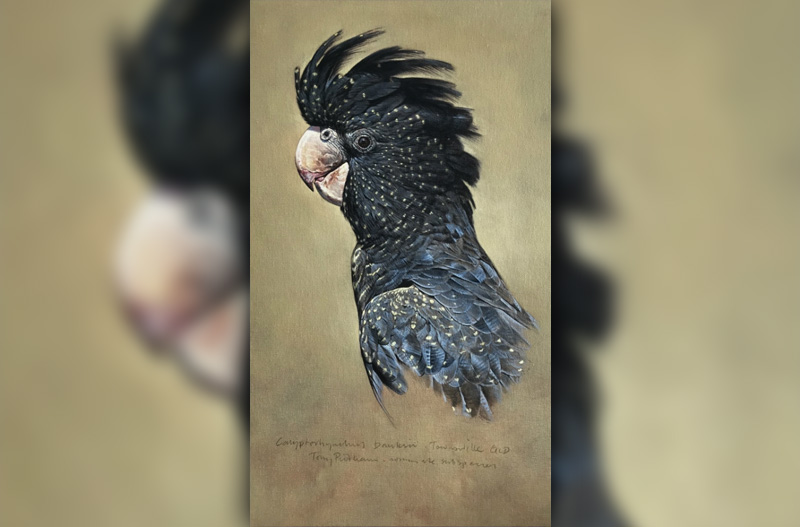
This is a follow-up article on an earlier blog from last month. Again, based on an old article I wrote many years ago, I now want to address ‘detail’. The success of any bird painting depends on many things that revolve around an understanding of both art and nature. One of the most frustrating and challenging obstacles to overcome when you are attempting to paint birds is to decide upon the most effective approach to detail. This can be particularly relevant if you use reference photos. While it’s important for background habitat and subjects to be accurate, you don’t need to sacrifice artistic flair in the attempt. How often have you sat down and painstakingly painted every barb on every feather, only to stand back and almost see the painting fall apart before your eyes? Although at first glance people tend to view some of my own work as very detailed, I would like to think there is a little more to it than that! You see it’s far easier and more effective to paint feathers as texture, than as a series of fine lines, e.g. barbs on a feather. So if you tend to bog down in too much detail with a disappointing end result, take an extra step back and view your subject as a whole, not as a series of intricate feathers!
By observing birds as they appear in real life, you soon begin to appreciate how both light and shade can dramatically alter the look of feathers, and therefore influence the way you paint them. In most lighting conditions your subject will only reveal detail in certain areas. Often, areas of a bird’s underparts has only a suggestion of detail – a matter of perception rather than application. I complement and enhance the effect by painting the sunlit areas in far greater detail. This convinces the viewer that the whole bird is finely detailed without my actually having to paint it. It is often easier and more convincing to suggest detail rather than paint it! Indeed this not only produces better art but is a more accurate representation of how our eyes see things.
The scale at which you paint your bird can also determine how much detail (if any) is required. For example a small 152mm painting of a Wedge-tailed Eagle may be comparable to viewing a wild bird from about 15m away. There is only so much detail the human eye can perceive at that distance, so your eagle should be painted accordingly. In the same way a life-sized Fairy-wren can be successfully painted with finer brushwork.
So before you begin your next bird painting, you must first make some important decisions: how detailed should it be and where will detail best serve me? In the end you may find that many of your problems have derived, not so much from your lack of technique in painting detail, but in your interpretation of it!